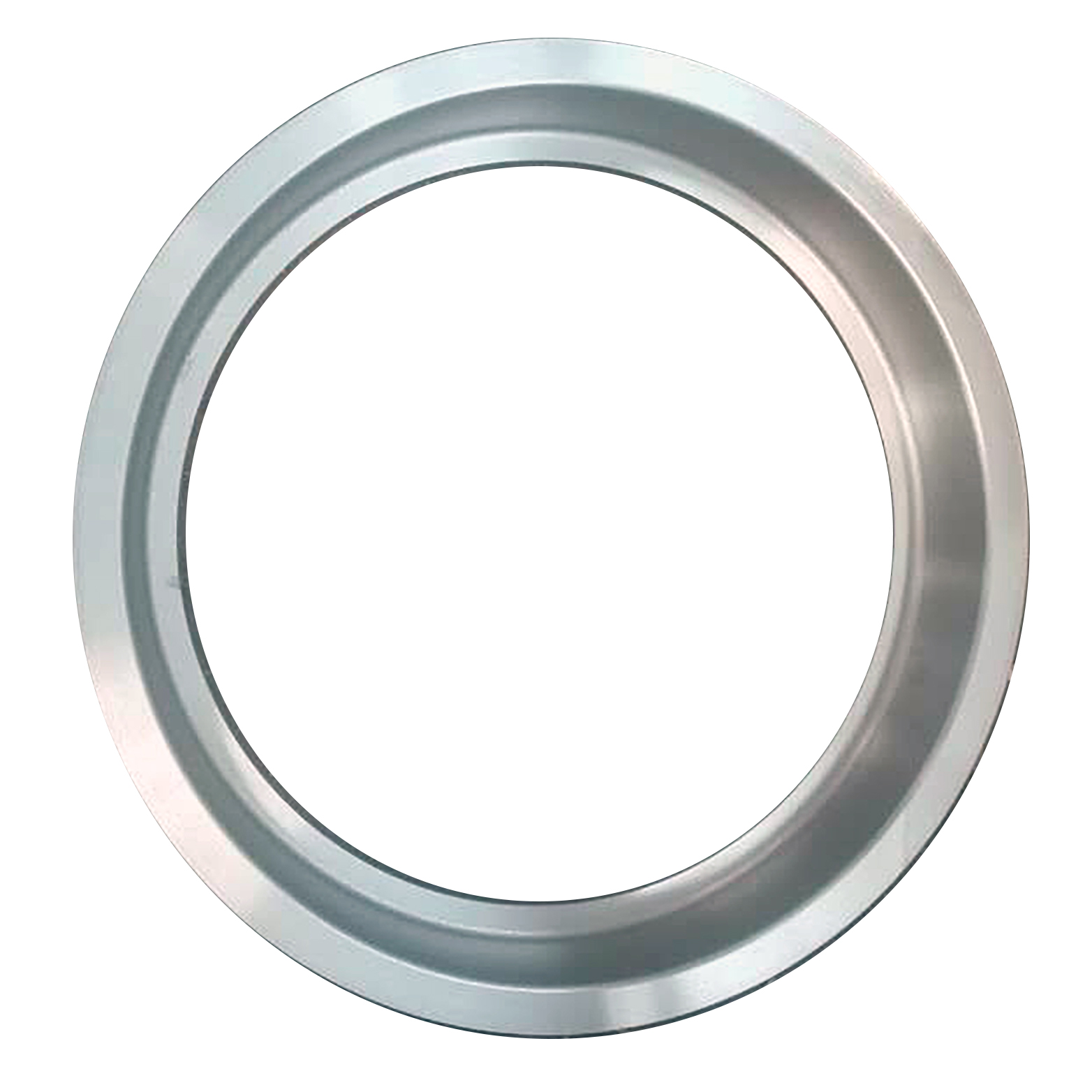- Afrikaans
- Albanian
- Amharic
- Arabic
- Armenian
- Azerbaijani
- Basque
- Belarusian
- Bengali
- Bosnian
- Bulgarian
- Catalan
- Cebuano
- China
- China (Taiwan)
- Corsican
- Croatian
- Czech
- Danish
- Dutch
- English
- Esperanto
- Estonian
- Finnish
- French
- Frisian
- Galician
- Georgian
- German
- Greek
- Gujarati
- Haitian Creole
- hausa
- hawaiian
- Hebrew
- Hindi
- Miao
- Hungarian
- Icelandic
- igbo
- Indonesian
- irish
- Italian
- Japanese
- Javanese
- Kannada
- kazakh
- Khmer
- Rwandese
- Korean
- Kurdish
- Kyrgyz
- Lao
- Latin
- Latvian
- Lithuanian
- Luxembourgish
- Macedonian
- Malgashi
- Malay
- Malayalam
- Maltese
- Maori
- Marathi
- Mongolian
- Myanmar
- Nepali
- Norwegian
- Norwegian
- Occitan
- Pashto
- Persian
- Polish
- Portuguese
- Punjabi
- Romanian
- Russian
- Samoan
- Scottish Gaelic
- Serbian
- Sesotho
- Shona
- Sindhi
- Sinhala
- Slovak
- Slovenian
- Somali
- Spanish
- Sundanese
- Swahili
- Swedish
- Tagalog
- Tajik
- Tamil
- Tatar
- Telugu
- Thai
- Turkish
- Turkmen
- Ukrainian
- Urdu
- Uighur
- Uzbek
- Vietnamese
- Welsh
- Bantu
- Yiddish
- Yoruba
- Zulu
Nov . 16, 2024 12:12 Back to list
Metal Sand Casting Production Services from Leading Manufacturers in the Industry
The Evolution and Importance of Metal Sand Casting A Manufacturer's Perspective
Metal sand casting is a pivotal manufacturing process that has been around for centuries, yet continues to evolve and adapt to modern technological advancements
. As a vital method for producing intricate metal parts and components, sand casting remains a cornerstone in various industries, from automotive to aerospace.The process begins with the creation of a mold, typically made of sand, which is combined with a binding agent to give it shape and strength. This mold is designed to reflect the dimensions and details of the desired final product. Once the mold is prepared, molten metal is poured into it. After the metal solidifies and cools, the mold is removed, revealing the cast product.
One of the primary advantages of metal sand casting is its versatility. Manufacturers can produce a wide range of shapes and sizes, accommodating everything from small, intricate components to larger, more complex assemblies. This adaptability makes sand casting especially valuable in industries where customization and precision are paramount.
Moreover, the sand casting process supports a variety of metals, including aluminum, iron, and copper alloys, which can be chosen based on the requirements of the application. This flexibility allows manufacturers to select materials that offer the best balance of strength, weight, and durability, ultimately leading to enhanced product performance.
metal sand casting manufacturer

Another critical aspect of metal sand casting is its cost-effectiveness. The materials required for sand molds are relatively inexpensive, and the production process can be remarkably efficient. This is particularly beneficial for manufacturers producing large quantities of similar parts, as economies of scale can significantly reduce overall production costs. Furthermore, the ability to quickly create molds and repetitions allows for faster turnaround times, making sand casting a favored option in the fast-paced manufacturing sector.
However, successful metal sand casting is not without challenges. Achieving the desired surface finish and dimensional accuracy can be tricky, requiring careful attention to detail and skilled craftsmanship. To overcome these challenges, manufacturers often employ advanced technologies such as computer-aided design (CAD) and computer-aided manufacturing (CAM) systems. These tools enable precise modeling and simulation, leading to improved mold design and, ultimately, better casting quality.
In recent years, the focus on sustainability has also influenced the metal sand casting industry. Manufacturers are increasingly looking for ways to reduce waste and minimize their environmental footprint by using recycled materials in the sand casting process. Innovations in mold materials and techniques further contribute to more sustainable practices within the industry.
In conclusion, metal sand casting remains an indispensable manufacturing technique, continuing to thrive in the face of modern challenges. With its unmatched adaptability, cost-effectiveness, and continuous improvement, this traditional method is poised to play a significant role in the future of production. As manufacturers embrace new technologies and sustainable practices, the art and science of metal sand casting will undoubtedly persist, delivering high-quality products across diverse industries.
-
Premium Cast Iron Water Main Pipe: Durable, Corrosion-Resistant
NewsAug.03,2025
-
Durable Cast Iron Water Mains | AI-Optimized Systems
NewsAug.02,2025
-
High-Efficiency Propane Boiler for Baseboard Heat | Save Energy
NewsAug.01,2025
-
Premium Source Suppliers for Various Gray Iron Castings
NewsJul.31,2025
-
Durable Cast Iron Water Main Pipes | Long-Lasting
NewsJul.31,2025
-
High-Quality Cast Iron Water Main Pipe for Durable Infrastructure
NewsJul.30,2025


